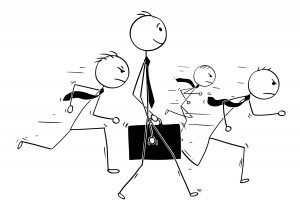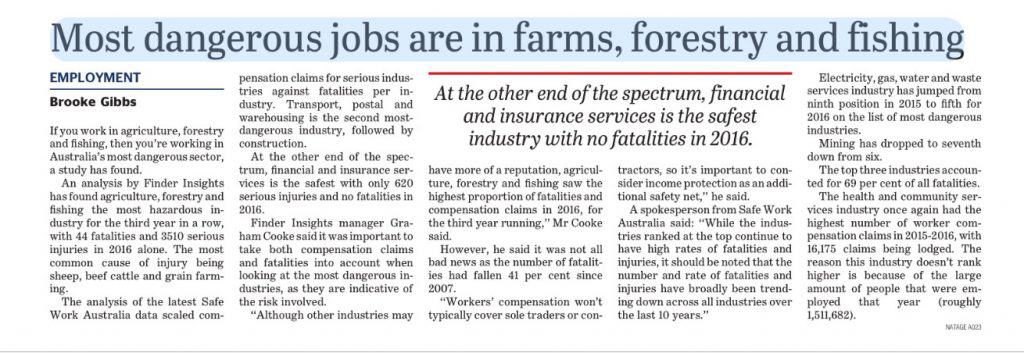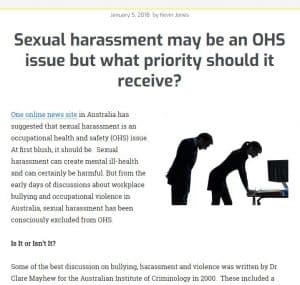 One of the arguments that occupational health and safety (OHS) consultants use to convince employers of the importance of workplace safety is that good safety management will increase productivity through the reduction of disruptive incidents. But there are various types of productivity. Multi-factorial productivity (what business lobbyists usually talk about) is declining in Australia BUT labour productivity has been steadily increasing for years, until only recently.
One of the arguments that occupational health and safety (OHS) consultants use to convince employers of the importance of workplace safety is that good safety management will increase productivity through the reduction of disruptive incidents. But there are various types of productivity. Multi-factorial productivity (what business lobbyists usually talk about) is declining in Australia BUT labour productivity has been steadily increasing for years, until only recently.
Crikey newsletter keeps pointing out this reality to its readers because the official data is being ignored by many business commentators and advocates who continue to claim that (labour) productivity is declining or in crisis. The discussion usually revolves around company tax rates but it is an important differentiation for OHS professionals and safety advocates.
It seems that workers and companies have taken heed of the urging to work smarter and not harder but how does OHS fit with all of this? It is difficult to know because any correlation between OHS data and labour productivity has not yet been made. (Partly this is because OHS data continues to be based on workers’ compensation claims rather than incident data and associated costs; I’ve banged on about that enough). It may be that good safety management = less incidents = greater productivity = greater profits but the evidence for that flow does not seem to exist outside of anecdotes or vague economic logic.
And it is evidence that the OHS profession is going to need if it is to continue using the productivity/safety/disruption argument in a very crowded and competitive market of business consultants.


 In 2018,
In 2018, 

